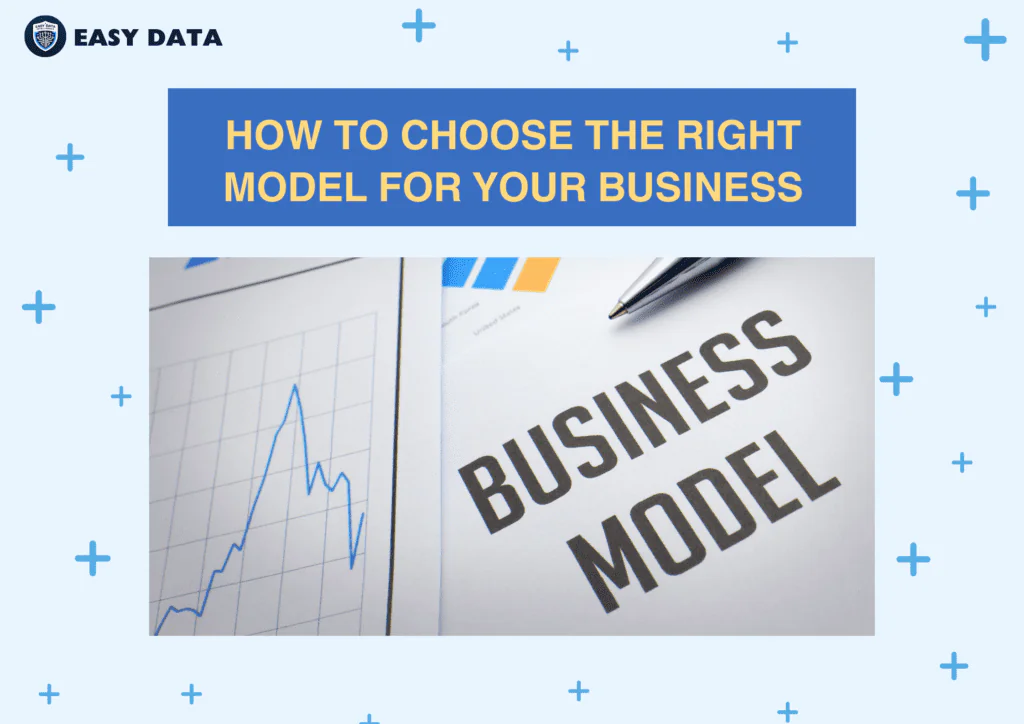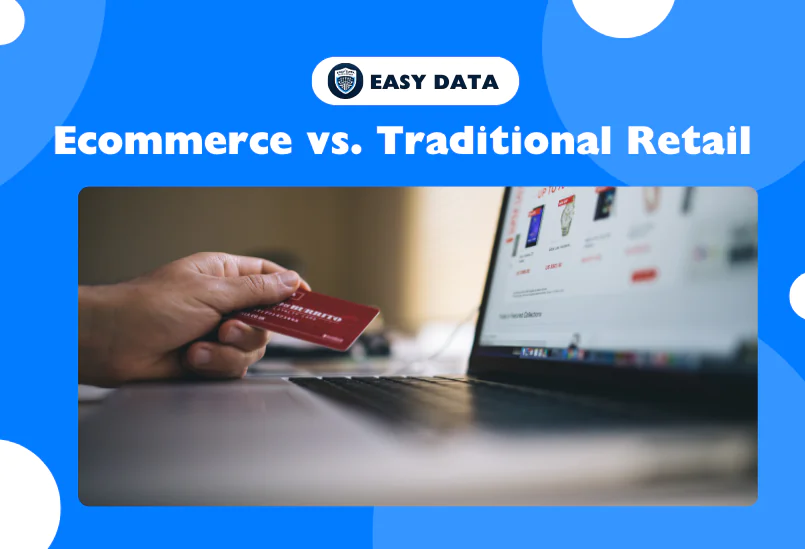The debate between ecommerce vs traditional retail has intensified as consumer behavior shifts toward digital-first experiences. While online sales now account for over 21% of global retail transactions (outbound link to Statista), brick-and-mortar stores remain vital for industries relying on tactile customer experiences. For businesses, choosing between these models—or blending them—requires understanding their core differences, costs, and audience expectations.
In this comprehensive guide, we’ll break down the key distinctions between ecommerce vs traditional retail, analyze their pros and cons, and provide actionable strategies to help you decide which model aligns with your goals.
- 1. What is Ecommerce?
- 2. What is Traditional Retail?
- 3. Key Differences Between Ecommerce and Traditional Retail
- 4. Hybrid Models: Blending Ecommerce and Traditional Retail
- 5. Case Studies: Successful Businesses Using Both Models
- 6. How to Choose the Right Model for Your Business
- 7. Future Trends: The Evolution of Retail
- 8. Conclusion
1. What is Ecommerce?
Ecommerce involves selling products or services online through platforms like Shopify, WooCommerce, or marketplaces such as Amazon and eBay. It eliminates geographical barriers, allowing businesses to reach global audiences. Key features include:
- 24/7 accessibility for shoppers.
- Data-driven personalization (e.g., product recommendations based on browsing history).
- Lower upfront costs compared to physical stores.
For example, brands like Warby Parker started as ecommerce-only businesses before expanding into physical retail—a strategy known as “clicks-to-bricks.”
Learn how to optimize your ecommerce strategy with EasyData’s analytics tools for real-time customer insights.
2. What is Traditional Retail?
Traditional retail refers to brick-and-mortar stores where customers physically interact with products. This model thrives on:
- Immediate gratification: Customers take products home instantly.
- Personalized service: Face-to-face interactions build trust and loyalty.
- Sensory experiences: Touching, trying, or testing products (e.g., furniture, clothing).
Brands like Apple and Nike leverage flagship stores to create immersive brand experiences that online shopping can’t replicate.
3. Key Differences Between Ecommerce and Traditional Retail

3.1 Customer Reach and Demographics
-
Ecommerce:
- Global audience: Sell to customers worldwide.
- Niche targeting: Use tools like Facebook Ads to reach specific demographics (e.g., eco-conscious millennials).
- Example: Gymshark grew from a UK-based ecommerce store to a $1.4B brand by targeting fitness enthusiasts globally.
-
Traditional Retail:
- Localized reach: Foot traffic depends on store location.
- Demographic limitations: Primarily serves nearby residents or tourists.
Read more about global ecommerce trends in 2024.
3.2 Startup and Operational Costs
-
Ecommerce:
- Lower upfront costs: No need for rent, utilities, or in-store staff.
- Recurring expenses: Website hosting (~$30/month), digital ads, and shipping fees.
- Tools: Platforms like Easy Data simplify inventory and sales tracking.
-
Traditional Retail:
- High initial investment: Rent ($3,000+/month in prime locations), store design, and staffing.
- Ongoing costs: Utilities, security, and restocking.
Reduce operational costs with EasyData’s inventory management solutions.
3.3 Customer Experience and Engagement
-
Ecommerce:
- Pros: Convenience, personalized recommendations, and easy price comparisons.
- Cons: No tactile experience; higher return rates (e.g., 30% of online apparel purchases are returned).
-
Traditional Retail:
- Pros: Instant gratification, in-person support, and sensory engagement.
- Cons: Limited to store hours; no access to global pricing trends.
Discover how Sephora blends online and offline experiences (Forbes).
4. Hybrid Models: Blending Ecommerce and Traditional Retail
Businesses like Best Buy and Walmart use omnichannel strategies to merge online and offline strengths:
- Buy Online, Pick Up In-Store (BOPIS): Reduces shipping costs and drives foot traffic.
- Virtual Try-Ons: Brands like Warby Parker use AR tools to simulate in-store experiences online.
Use EasyData’s CRM tools to unify customer data across channels.
5. Case Studies: Successful Businesses Using Both Models
- Peloton: Started as an ecommerce brand, then opened showrooms for product trials.
- Target: Invested in same-day delivery and streamlined in-store pickup.
Learn how Target’s omnichannel strategy boosted sales by 20% (Retail Dive).
6. How to Choose the Right Model for Your Business

-
Product Type:
- Ecommerce: Ideal for standardized, lightweight items (e.g., books, electronics).
- Traditional Retail: Better for luxury goods or products requiring demos (e.g., cars).
-
Audience Preferences:
- Millennials and Gen Z favor online shopping, while older demographics may prefer in-store experiences.
Analyze your audience with EasyData’s demographic reports.
7. Future Trends: The Evolution of Retail

- AI-Powered Personalization: Tools like chatbots and dynamic pricing algorithms.
- Sustainability: Eco-conscious consumers demand transparent supply chains.
- Metaverse Integration: Virtual stores for digital-native audiences.
Explore how AI is reshaping retail (McKinsey).
8. Conclusion
The ecommerce vs traditional retail debate isn’t about choosing one over the other—it’s about leveraging the strengths of both. By understanding their differences (global reach vs. tactile experiences, scalability vs. immediacy), businesses can adopt hybrid models that meet modern consumer demands.
Optimize your strategy with EasyData’s all-in-one retail analytics platform.


Leave a Reply